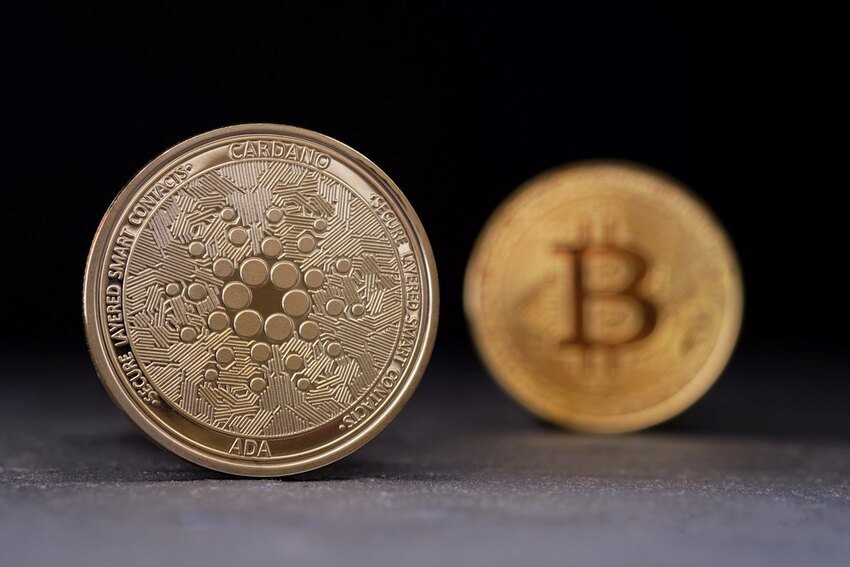The difference between a mediocre cannabis harvest and a great one often comes down to timing. Most new growers focus on equipment and techniques, but when you start your garden matters just as much as how you grow. The plants respond to temperature shifts, daylight changes, and seasonal conditions in ways that directly affect your final results.
Getting the timing wrong doesn’t just mean a smaller harvest. It can mean dealing with pest problems that wouldn’t exist in another season, fighting humidity issues that create mold, or watching plants struggle in temperatures they weren’t meant to handle. The good news is that once you understand how cannabis responds to seasonal changes, planning becomes pretty straightforward.
Spring: The Natural Starting Point
Spring feels like the obvious time to start any garden, and for outdoor cannabis, it usually is. As temperatures climb above 50°F consistently and frost danger passes, you can move plants outside without risking cold damage. Most growers in temperate climates start seeds indoors in late March or early April, then transplant outside in May.
But here’s what catches people off guard: spring weather is unpredictable. A warm week can trick you into transplanting early, then a cold snap hits and stresses your plants right when they should be establishing roots. The plants survive, sure, but they never quite recover that early vigor.
If you’re working with Feminized cannabis seeds, spring gives you the full growing season to work with. The plants have time to develop strong root systems before the real heat arrives, which pays off later when they’re supporting heavy flowering growth. Starting too late in spring means your plants hit their flowering phase during peak summer heat, which can stress them and affect bud development.
The other spring consideration is light. Cannabis stays in vegetative growth when days are long, so plants started in spring naturally get bigger before they start flowering in late summer. If you want larger plants with more yield, spring timing takes advantage of this extended vegetative period.
Summer: Managing Heat and Light
Summer growing is less about starting new plants and more about managing what you’ve already got going. Outdoor plants that started in spring hit their stride during summer, growing fast and developing the structure they’ll need for flowering.
The challenge is heat. Cannabis handles warm weather well up to a point, but when temperatures push past 85°F consistently, plants start showing stress. Leaves curl, growth slows, and water needs spike. Outdoor growers in hot climates spend summer making sure plants get enough water and sometimes providing afternoon shade during the worst heat.
For indoor growers, summer brings its own problems. Grow lights already generate heat, and when outdoor temperatures climb, keeping your growing space cool gets expensive. Your ventilation system works harder, electricity costs jump, and you might need to add air conditioning just to maintain decent temperatures. Some indoor growers actually take summer off in hot climates because the cooling costs don’t make sense.
Here’s the thing about summer though: it’s when outdoor plants really pack on size. The combination of long days and warm temperatures creates ideal growing conditions for vegetative growth. Plants can add several inches of height per week during peak summer, building the structure they need to support heavy buds later.
Fall: Flowering and Harvest Time
Fall is when outdoor cannabis does what it’s meant to do. As days shorten below 12-14 hours of light, plants trigger into flowering mode. This is the phase growers wait for all season, but it brings new timing considerations.
The flowering period typically lasts 8-10 weeks depending on strain, which means you need to count backward from your first expected frost date. If frost usually hits your area in late October, your plants need to start flowering by early August to finish in time. Plants that flower too late risk getting hit by cold weather or frost before buds fully mature.
Fall weather patterns affect bud quality too. Morning dew and cooler nights increase humidity, which creates perfect conditions for mold and bud rot. Growers in humid climates watch their plants closely during fall, sometimes harvesting a bit early if weather conditions look risky. Better to harvest slightly early than lose your entire crop to mold in the final week.
The temperature swings of fall can actually improve some qualities in cannabis. Cooler night temperatures bring out color in certain strains and can enhance resin production. But those same cold nights can damage plants if temperatures drop too far. Most cannabis stops growing well below 50°F, and frost kills plants outright.
Timing your harvest within fall matters more than people realize. Wait too long trying to maximize yield, and you risk weather damage. Harvest too early, and you miss out on potency and weight gain that happens in the final weeks. Checking trichomes with a magnifier helps you judge ripeness, but you also need to balance that against weather forecasts.
Winter: Indoor Growing and Planning
Outdoor cannabis growing stops in winter for most climates, but indoor growers can work year-round. Winter actually offers some advantages for indoor growing. Cooler outdoor temperatures mean grow lights don’t heat your space as much, reducing cooling costs. In cold climates, the heat from lights might even reduce your heating bill.
The problem with winter indoor growing is humidity. Cold air holds less moisture, and heating systems dry things out further. Cannabis plants need reasonable humidity levels, so winter growers often add humidifiers to maintain proper conditions. Dry air stresses plants and can slow growth, even with everything else dialed in.
Winter is also planning season. Successful growers use these months to research strains, order seeds, and prepare equipment for spring. The growers who just react when spring arrives usually scramble and make rushed decisions. Taking time in winter to plan your growing season means you start spring ready to go.
Making Seasonal Timing Work for You
The key to seasonal success is working with natural patterns instead of against them. Outdoor growers in warm climates might run multiple crops per year, starting a new round as soon as they harvest. Cold climate growers get one good outdoor season, so they make it count by timing everything carefully.
Indoor growers have more control but still need to consider how outdoor seasons affect their setup. Summer cooling costs and winter humidity management are real factors in your growing budget and success rate.
Your local climate determines your specific timing more than general advice ever could. A grower in Southern California faces completely different seasonal considerations than someone in Maine or Colorado. Pay attention to your local frost dates, average temperatures, and rainfall patterns. Talk to other growers in your area about what timing works for them.
The biggest mistake is ignoring seasonal timing altogether and just starting whenever you feel like it. Cannabis responds to environmental cues whether you plan for them or not. Understanding these seasonal patterns and timing your garden accordingly sets you up for harvests that actually meet your expectations instead of leaving you wondering what went wrong.
Read Dive is a leading technology blog focusing on different domains like Blockchain, AI, Chatbot, Fintech, Health Tech, Software Development and Testing. For guest blogging, please feel free to contact at readdive@gmail.com.





